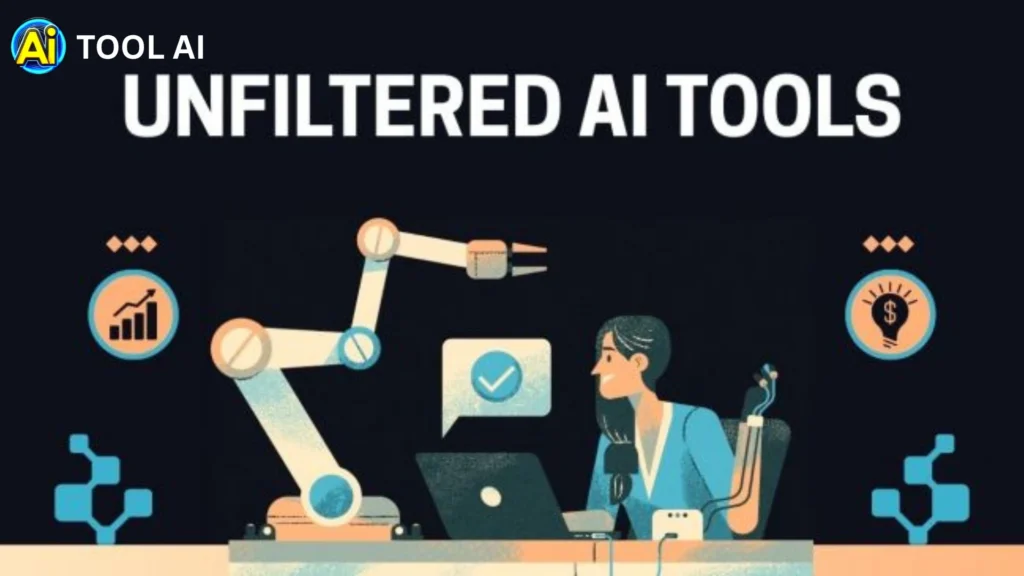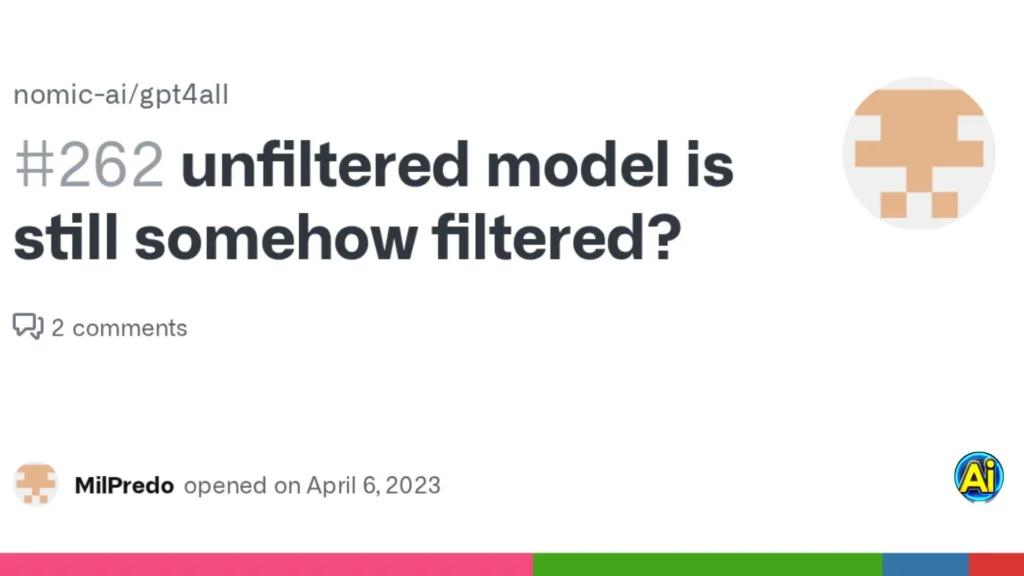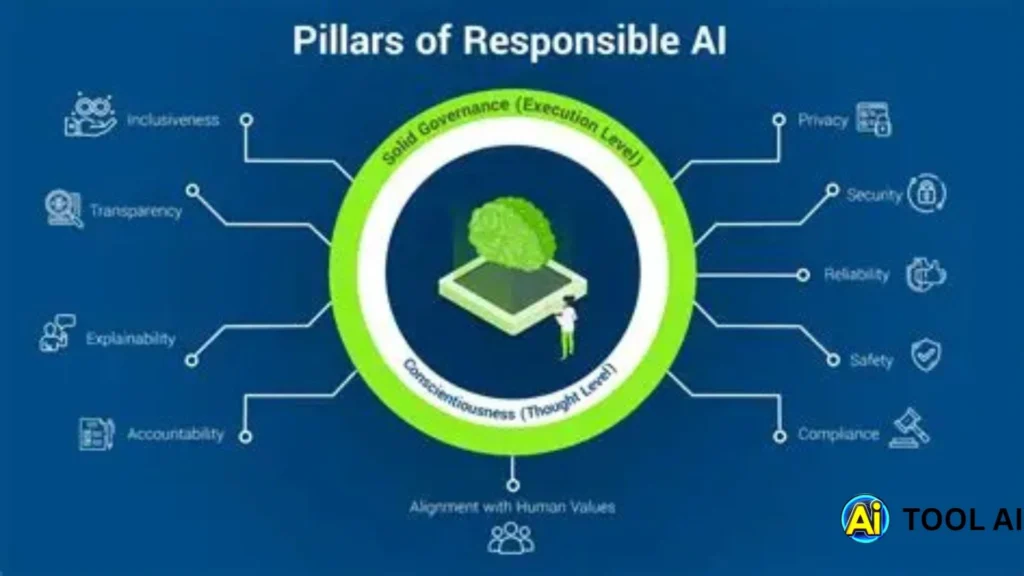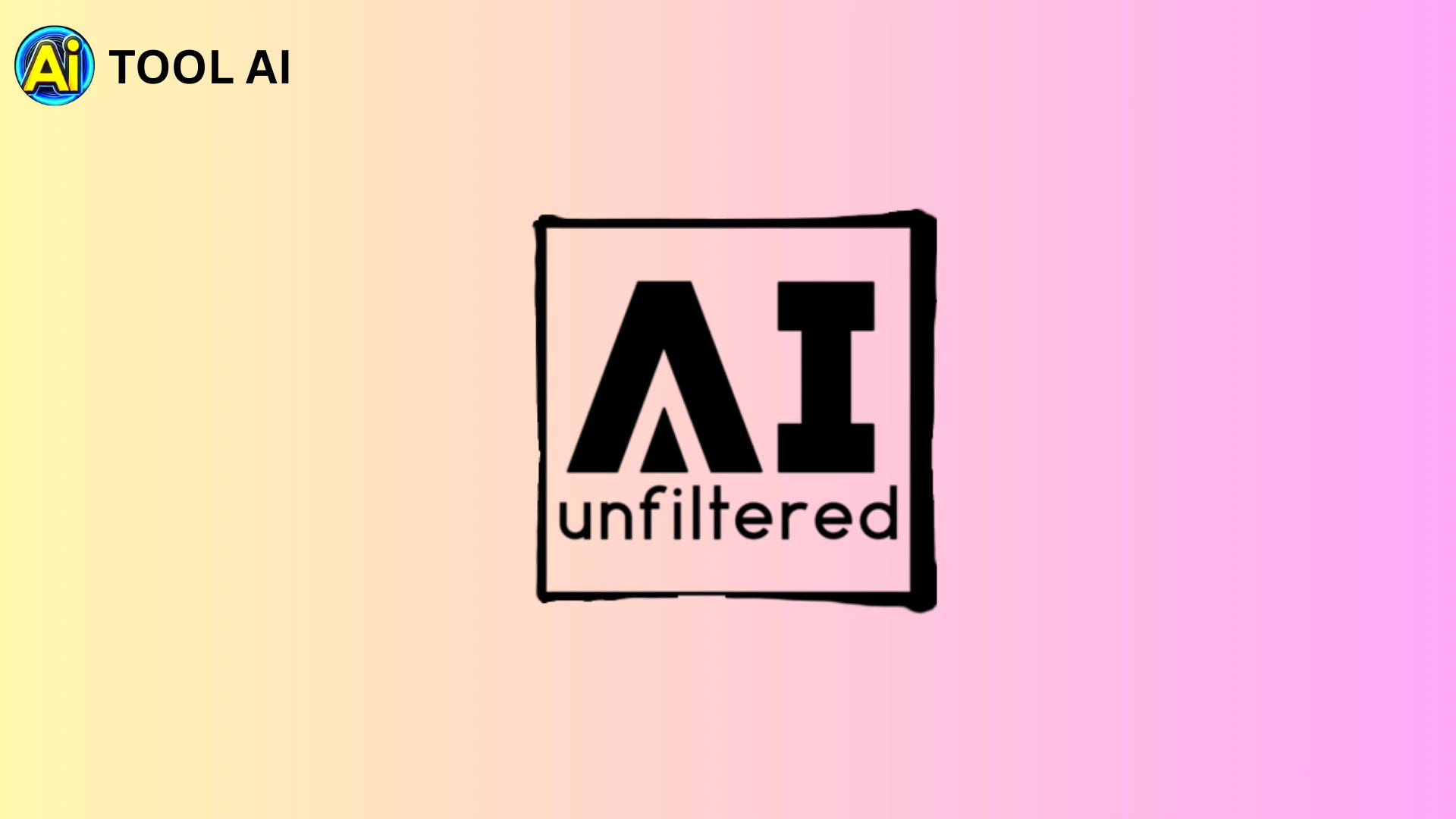Meta Description: In 2025, unfiltered AI is shifting the creativity, research, and freedom of expression. This is the ultimate guide to the top 10 benefits, risks, and future trends of AI.
Introduction
AI has become ubiquitous nowadays and drives chatbots, digital assistants, and content tools. However, as useful as these platforms may be, they tend to be highly content-moderated, which blocks offensive or controversial content. It is this restriction that has brought about increased interest in unfiltered AI, a form of system that is less restrictive in providing responses. Compared to traditional platforms, which use censorship filters, AI enables users to browse more thoughts, whether to write creatively, conduct a research, or argue about a philosophical issue.
It has increased in 2025, giving rise to the debate between freedom and safety, innovation and responsibility, and the place of open-source AI in the future.
What Is Unfiltered AI?

Breaking Down the Basics
Unfiltered AI describes artificial intelligence models that are less or not content limited. Unfiltered AI does not have a heavy censorship over moderation layer like the traditional AI systems, giving direct answers.
For example:
- An AI chatbot, filtered, may not create a controversial story.
- The story would be generated without limits in an unfiltered AI chatbot.
It is worth mentioning that the fact that something is not filtered does not necessarily imply that it is not safe. Most of the open-source AI models provide the options of developers customizing the filters which provides a balance between freedom and responsibility.
The Reason why people want AI to remain unfiltered.
The rise of interest in AI that is not filtered is associated with the disappointment in too narrow tools. Customers desire to have greater control, creativity, and flexibility. Here are the top reasons:
Imaginative Composition and Roleplay.
Unfiltered AI is employed by authors, storytellers, and game developers to create raw uncensored work. Ideas can be more freely expressed without restrictions whether in role playing fantasy, writing novels, or as a form of interactive game.
Research and Experimentation
This is referred to as research and experimentation, or research and development, and is commonly used as an alternative term for design and development.<|human|>Research and Experimentation This is also known as research and experimentation or research and development, and is often used interchangeably with design and development.
Researchers and inventors require an AI that can facilitate comprehensive experimentation. Unfiltered AI that is self-hosted provides the possibility of discussing sensitive topics without corporate censorship rules.
Freedom of Expression
Lots of users just desire AI which promotes free speech. Out of philosophical discussions and controversial views, AI allows discussions to reach further than t.he safe zones of traditional tools.
Types of Unfiltered Models

Not everything that is not filtered AI is alike. There are various strategies, and each of them has advantages and disadvantages.
Open Source AI Models
They include LLaMA, Falcon and Mistral. These are fine tuned, customized and can even be hosted locally. They are flexible and transparent to the developers.
Jailbroken AI Systems
They are redesigned versions of popular AI platforms that have been circumvented. Although they are more popular among fans, they are less secure, and they are prone to security threats.
Self-Hosted AI
The people and organizations operate the AI models themselves by use of their servers. It offers privacy and personalized safety features and necessitates technical skills.
Third-Party Alternatives
Standalone AI applications are being sold as freedom-first applications. They are convenient, but might not have effective privacy.
The advantages of Unfiltered AI.
Why then does so much of the population accept unfiltered AI even with its dangers? The benefits are difficult to shun.
Creativity Without Limits
AI allows creators to experiment with any plot, text or idea. Authors are allowed to be unconventional and venture into more serious, humorous or complicated concepts.
Customization
The developers have the ability to customize AI models to meet particular requirements either in the gaming, research, or development of products.
Innovation
The startups enjoy rapid experimentation. They are able to experiment with and push the boundaries of AI without corporate controls with no filters.
Freedom of Research
The scholars can be able to experiment on hot or delicate issues within the fields such as politics, sociology, or psychology without inhibited replies.
The Risks of Unfiltered AI
Naturally, there are consequences of freedom. It also poses some grave danger that cannot be overlooked.
Falsehoods and Unhealthy Materials.
Unmoderated It can produce fake information or even dangerous guidance.
Ethical Concerns
Without filters it is more difficult to control bias, discrimination and unfair outputs. The absence of control increases chances of ethical abuse.
Security Risks
Unfiltered AI might be used with malicious intent by cybercriminals to commit fraud, carry out cyberattacks, or create fake news.
Legal and Compliance Issues
The world governments, one of them being the EU AI Act, are tightening regulations. The application of AI can be against the new regulations in certain areas.
Using Unfiltered AI Responsibly

The most effective direction is not the irresponsible consumption, but the sensible one.
Practical Tips for Responsible Use
- Suggestions to have taken care of.
- Establish reasonable limits of acceptable results.
- Check against prejudice and discrimination.
- Keep up with AI regulations.
- Only use unfiltered AI in a closed and not open space.
This will guarantee that the value of AI is realized without taking unnecessary risks.
Trending Unfiltered AI Model in 2025.
Some of the AI platforms are distinguished in 2025:
- LLaMA-based forks Community-driven, customizable.
- Mistral AI Lightweight and flexible, open-source.
- Falcon AI Research-driven, highly utilized.
- Freedom-first AI tools Independent apps that claim uncensored results.
Each comes with trade-offs. Open-source models are flexible and require technical expertise, whereas third-party tools are easy to use, with possible compromise of privacy.
The Future of Unfiltered AI
The discussion on filtered and unfiltered AI is just increasing.
Hybrid Models
There can be the option of semi-restricted filters with freedom-first customization of future AI systems as a compromise between safety and user rights.
Government Regulation
The world will become more restrictive. The governments desire safety and communities seek freedoms of expression.
Business Adoption
The companies can provide internal unfiltered assistants, and keep the customer-facing models compliant.
Cultural Shift
The end result is that It will represent the attitude of society on the degree of freedom and safety that people will compromise.
Conclusions on Unfiltered AI.
It is not a mere technology trend, but it is the urge of the society to become free, creative, and autonomous. The discussion is not over yet as 2025 will see the introduction of more open-source models, more third-party options, and stricter government regulations.
So the question is Will AI open the next era of innovation or will the dangers be more than the gains?
One thing is certain: the future of AI will be shaped by how we handle the balance between censorship, safety, and freedom.
FAQS Related To Unfiltered AI
Q1: What is unfiltered AI?
It is an artificial intelligence system that has little or no content moderation. It also does not filter sensitive or controversial content as is the case with traditional AI. It provides the user with increased creativity, research, and discovery.
Q2: Is unfiltered AI safe?
It may be helpful but also dangerous. It can create harmful, biased or misleading content without the filters. Safe and responsible action under protection is necessary.
Q3: Why do we want unfiltered AI?
Users resort to unfiltered to create, roleplay, and discuss. It enables scientists and programmers to experiment with superior applications. It is also appreciated by many because of partial freedom of expression.
Q4: What are the best AI models in 2025 without filters?
LLaMA forks, Mistral, and Falcon are some of the popular AI options. Such open-source models provide customization and flexibility. The use of freedom-first third-party is also common.
Q5: Does unfiltered AI have responsible use?
Yes, It is safe when used properly. Keeping it secret, drawing distinct boundaries and tracking outputs are measures that avoid abuse. It is also important to keep abreast with regulations of AI.

